First State Television: Abkhaz TV Marks 45 Years
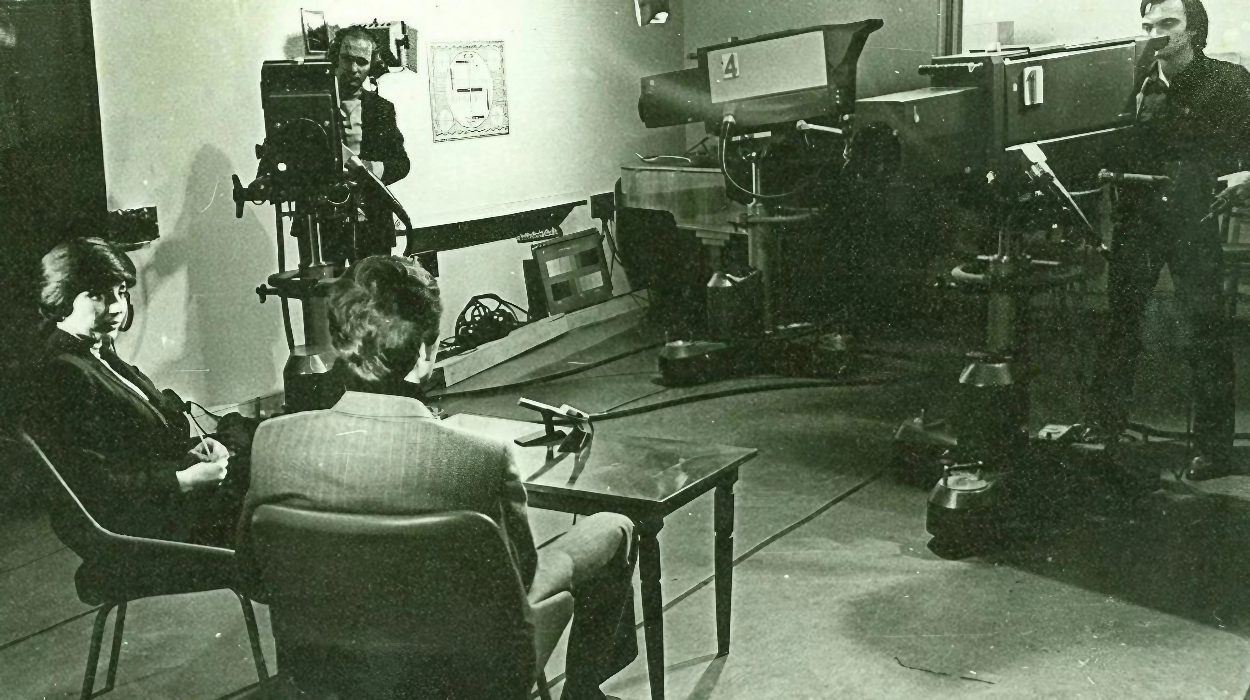
Abkhaz television studio. Cameramen Anzor Kvarchelia and Anatoly Shonia.
SUKHUM / AQW'A ― On November 6, 2023, Abkhazian State Television celebrates its 45th anniversary. This occasion prompts a look back at the history and evolution of the republic's first state channel and the contemporary challenges it faces.
It was on November 6, 1978, that the residents of Abkhazia first heard the voice of Boris Adleyba, the First Secretary of the Abkhazian Regional Committee of the Communist Party of Georgia, emanating from their TV screens.
"Dear comrades! Today, the television of the Abkhaz Autonomous Soviet Socialist Republic begins its operation," he announced, thus marking the inception of the Abkhazian state television and radio broadcasting.
History of Formation
The inaugural broadcast was brief yet historic. Following Adleyba's opening speech, a forty-minute documentary titled "Soviet Abkhazia" aired, succeeded by a concert lasting an hour and a half, featuring performances by state choreographic ensembles, vocalists, pop bands, and children's groups.
On the very next day, the station broadcast its first news reports—coverage of the demonstrations commemorating the Great October Socialist Revolution, captured on Portable Television Systems (PTS).
The channel's flagship program, "Amsheikushara," still runs daily, bringing the main news of the day to the republic's citizens. This program's title, conceived by Raul Lasuria, a TV station employee, is now a household name across the republic.
The first live broadcast remains a notable achievement for Abkhazian television—it was a teleconference between Lykhny and Tokyo, where Japanese researchers, delving into the secrets of Abkhazian longevity, connected with Temur Vanacha, an elder from Lykhny.
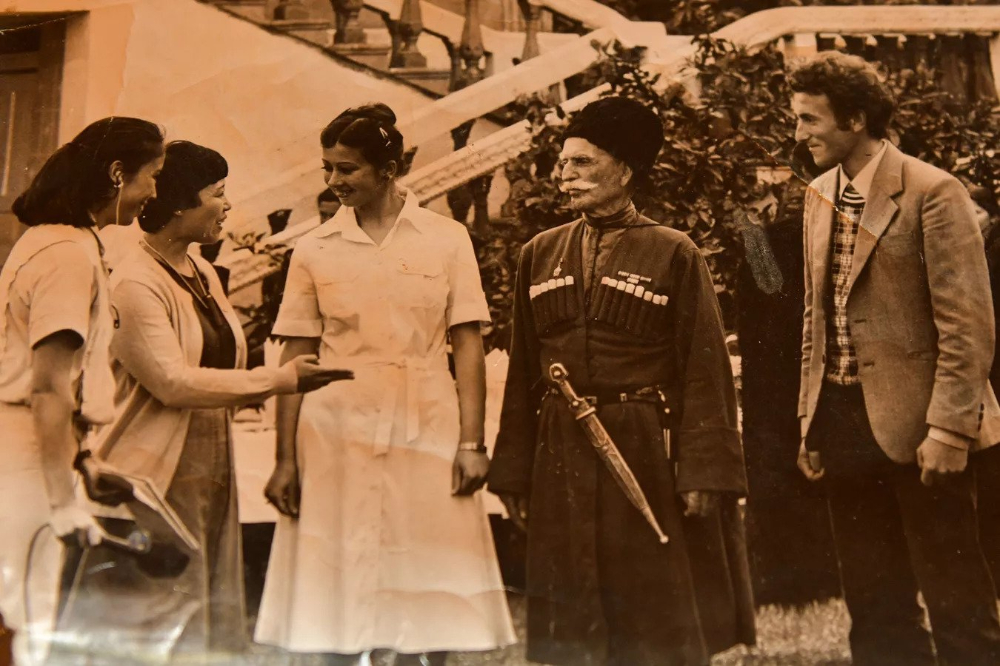 In 1982, a remarkable intercultural exchange took place as a team from Japan's Asahi network journeyed to the picturesque village of Lykhny in Abkhazia. This delegation, including the channel's lead producer, camera crew, and presenters, was captivated by the region's famed longevity. They convened with the venerable elder Temur Vanacha, whose insights contributed to the global fascination with the long-lived residents of Abkhazia. This gathering led to one of the earliest teleconferences between the USSR and Japan, bridging Lykhny and Tokyo in a historic broadcast.
In 1982, a remarkable intercultural exchange took place as a team from Japan's Asahi network journeyed to the picturesque village of Lykhny in Abkhazia. This delegation, including the channel's lead producer, camera crew, and presenters, was captivated by the region's famed longevity. They convened with the venerable elder Temur Vanacha, whose insights contributed to the global fascination with the long-lived residents of Abkhazia. This gathering led to one of the earliest teleconferences between the USSR and Japan, bridging Lykhny and Tokyo in a historic broadcast.
During this broadcast, Abkhazian television lent a mobile TV station to their Japanese counterparts. The exclusive rights to film were held by the Japanese, leaving Abkhazian journalists without the opportunity to record the event. The live broadcast was scheduled for three o'clock in the afternoon.
First Steps and Challenges
"I remember how we scouted for the necessary professionals for television," recalls Guram Amkuab, former director of AGTRK. "The then editor-in-chief of Abkhazian radio, Konstantin Mikhailovich Gerkhelia, and I travelled to districts selecting people fluent in the Abkhazian language; essentially, we were assembling the first television crew."
This initial team was modest, but it was made up of committed individuals such as Raul Lasuria, Mikhail Markholia, among others, with Shamil Pilia taking the helm as Chairman. The pool of creative talent included the first announcers, Kama Jopua and Leonid Khishba, and Leila Kobakhia, who presented the inaugural concert program. These creative forces operated under Abkhazian guidance, while the technical operations were directed from Tbilisi.
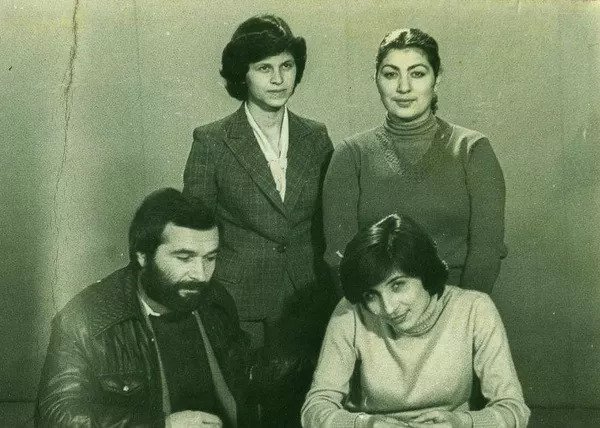
Television staff. From left to right: Amiran Gamgia, Zaira Bigvava, Emma Adleiba, Lyudmila Khagba.
"Georgian TV and radio, tasked with establishing television here, created only a basic framework in Abkhazia, insufficient for the needs of the time, it was a half-hearted effort," Amkuab lamented. "Such an infrastructure posed development challenges. We lacked film production, video editing, and photography capabilities. Our studio was a mere 56 square metres with minimal furniture, four cameras, and a sequentially operating video recorder," he recounted.
Resilience During Hard Times
Throughout the tumultuous period of the Georgian-Abkhazian War in 1992-1993, Abkhazian television continued its broadcast. Despite the complete destruction of the Sukhum television centre, the channel operated from Gudauta for all 413 days of the conflict. Journalists risked their lives reporting from the front lines, and tragically, three correspondents perished while on duty.
After the conflict, broadcasting resumed from Sukhum in November 1993. The television station temporarily occupied what remained of the Council of Ministers' building, until the government allocated a new office within the former Transcaucasian Military District sanatorium.
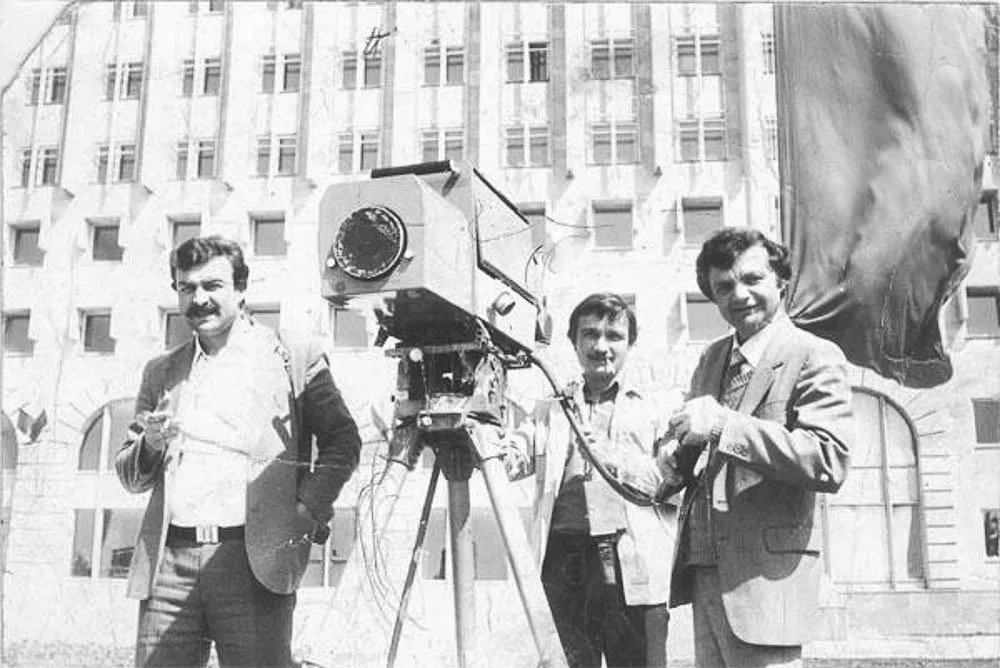
Development and Progress
In its early days, Abkhaz TV broadcasted for only an hour and not on a daily basis. Over time, this expanded significantly. By 2020, AGTRK had increased its broadcasting time to 6-7 hours daily. Since then, the channel has further extended its airtime to 14 hours a day, which includes weekend programming.
The news is delivered four times a day in two languages. On Saturdays, the Sabshala program is uniquely hosted by the correspondents who recap the week's events. Sundays feature the final news and analysis program, Amchybzh.
Anna Gunia, Deputy General Director of AGTRK, reports that as many as 20 original programs are broadcast, supported by a staff of 160, which includes technical personnel.
Gunia points out the ongoing effort to preserve the Abkhazian language on television, with fluency being an essential requirement for on-air roles. "The scarcity of speakers and commentators fluent in Abkhazian is a pressing issue, leading to missed opportunities for discussing valuable topics," she remarks.
According to Gunia, there has been considerable technical growth at AGTRK over the past three years. In 2023 alone, nearly 19 million was invested in new equipment, and two studios were upgraded, with a third poised to launch soon.
AGTRK's reach extends beyond traditional television; its social media presence and website are increasingly popular among viewers.
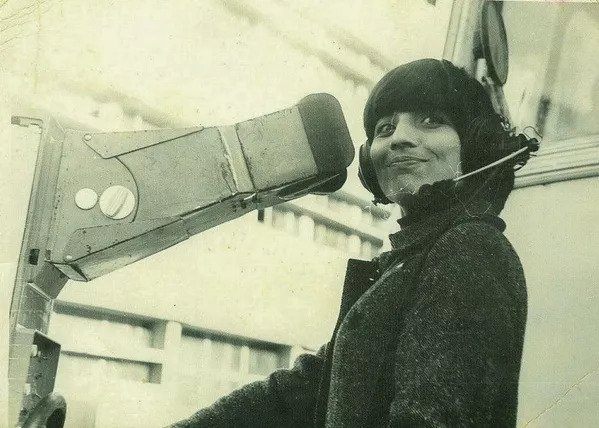
Vision and Objectives
The deputy director underscores the management’s commitment to rejuvenating the newsroom, cultivating professional talent, and enhancing skills essential for developing innovative formats.
"Our goal is to broaden our audience base, particularly among the youth," she states.
Gunia asserts that recruiting new talent is crucial for enriching broadcast content. "There’s a vital need for training in journalism, technical skills, and other creative domains. This is an area we are earnestly addressing," she acknowledges.
Gunia also points out that Abkhazian society has a tendency to focus on the negative, and it is part of the television's mission to redirect this outlook towards positivity, constructive endeavours, and the advancement of the state. "Our aim is not to churn out impromptu projects but to strategically plan content that contributes to societal education, youth engagement, and political culture," she adds.
Strengthening the analytical and debate aspects of the channel’s programming is another key objective. However, Gunia notes a challenge: "The shrinking pool of experts and analysts makes it difficult to bring substantial ideas to fruition."